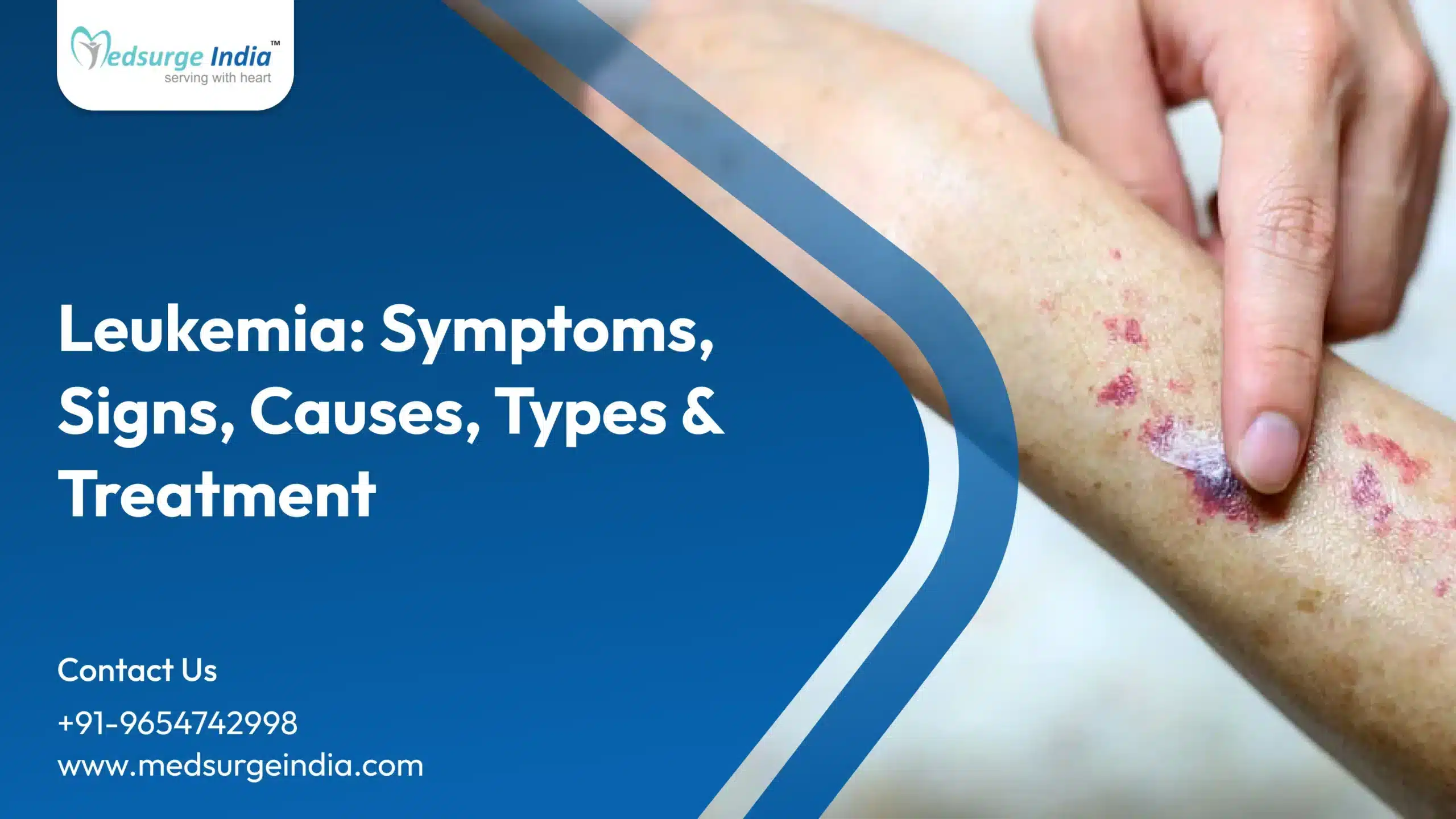
Iron-Deficiency Anemia: Symptoms, Causes & Treatment
Iron-deficiency anemia, a common blood disorder or anemic condition, is characterized by a lower-than-normal number of red blood cells or reduced hemoglobin levels. This condition occurs when the body lacks enough iron to produce adequate healthy red blood cells, which are essential for carrying oxygen throughout the body.
The anemic condition often develops gradually and can go unnoticed, especially in groups at higher risk, such as women with heavy menstrual bleeding, pregnant women, and young children. However, in individuals with malabsorption issues or low intake of iron-rich foods, the condition may become more pronounced.
Therefore, early diagnosis and treatment can help prevent the complications and manage the condition effectively.
Stages of Iron-Deficiency Anemia
Below are the three stages of iron deficiency anemia:
1. Iron Depletion
The first stage is where hemoglobin levels remain normal, but iron stores in the body (ferritin) start to decrease.
2. Iron-Deficient Erythropoiesis
The second stage, where anaemia is not imminent, but reduced iron availability leads to impaired red blood cell production.
3. Iron-Deficiency Anemia
The third stage, where haemoglobin levels drop, causes different signs and symptoms of iron deficiency anemia.
Signs and Symptoms of Iron-Deficiency Anemia
The following are the signs and symptoms you need to pay attention to, as this can be iron deficiency anemia:
- Feeling very tired or low on energy most of the time
- Pale skin, especially on the face or inside the eyelids
- Shortness of breath, even after light physical activity
- Dizziness or feeling lightheaded
- Frequent or unexplained headaches
- Difficulty concentrating or thinking clearly
- Feeling more irritable or moody than usual
- Brittle nails or nails that chip easily
- Hair thinning or more hair falling out
- Sore, smooth, or swollen tongue
Causes of Iron-Deficiency Anemia
Listed are the common causes:
- Blood loss: A common and major cause of iron deficiency.
- In men and post-menopausal women, some of the common causes of blood loss are chronic occult bleeding, basically from a few gastrointestinal diseases such as peptic ulcer disease, malignancy, haemorrhoids, or vascular ectasia.
- In premenopausal women, cumulative menstrual blood loss (5 to 6 times higher than normal menses (1mg iron/cycle) in menorrhagia) can lead to iron deficiency.
- Some of the less common causes include urinary blood loss, recurrent pulmonary haemorrhage, and chronic intravascular haemorrhage.
- Malabsorption: Mostly occurs in patients dealing with malabsorption syndromes, such as celiac disease, atrophic gastritis, and H. pylori infection. Additionally, iron deficiency can result from gastrectomy.
- Lack of iron-rich foods in your diet can cause health issues.
Risk Factors
The following groups of individuals are more prone to developing an anemic condition;
- Female: Heavy menstruating women, pregnant women, or those who have recently given birth or are breastfeeding women are more vulnerable.
- Infants and children: Infants who are born with low birth weight or preterm, and children who do not take in healthy or varied food, have a higher chance.
- Vegetarians: Individuals who do not eat meat or any other iron-enriched foods are also more likely to develop iron deficiency.
- Blood donors: Blood donation can deplete iron storage; thus, frequent blood donors are more likely to develop iron deficiency.
Diagnosis
To diagnose, your doctor may recommend basic tests such as a complete blood count (CBC), along with measurements of blood iron levels, serum ferritin, and total iron-binding capacity (TIBC) or transferrin.
During the test, the peripheral smear of iron-deficient anaemic patients may show small, pale, elongated red blood cells in various shapes. However, there will be a low white blood cell count in severe conditions. Additionally, platelet counts may be low or high.
If you are anemic, tests may show you the following results:
- Low red blood cell count
- Low haemoglobin (Hb)
- Low hematocrit (Ht)
- Low mean cellular volume
- Low serum iron
- Low ferritin
- Low iron saturation and
- High total iron-binding capacity (TIBC)/transferrin
Additional tests:
Iron deficiency is commonly observed in women with heavy menstrual bleeding, pregnant women, young children, and individuals with a low intake of iron-rich foods. However, in cases such as men, postmenopausal women, or younger women with severe anemia, further evaluation is often necessary to confirm the underlying reason for the iron deficiency.
Additional tests may include,
- Test for blood in urine or stool
- To estimate any complications in the gastrointestinal tract, upper/lower endoscopy or capsule enteroscopy/barium swallow are used
- Pelvic ultrasound or uterine biopsy for women with abnormal or heavy bleeding during the menstrual cycle
Treatments Available
To treat, your doctor may recommend one or more of the following:
1) Iron Supplements
Oral iron tablets or capsules are the most common treatment to restore iron levels.
2) Dietary Changes:
More iron-rich foods, such as red meat, leafy greens, legumes, and iron-fortified cereals, along with vitamin C, are included in the diet to enhance absorption.
3) Intravenous (IV) Iron Therapy:
An alternative treatment for those who cannot tolerate oral iron or have a severe deficiency.
4) Treatment of Underlying Causes:
Addressing some of the underlying causes of chronic blood loss (e.g., ulcers, heavy menstruation, or gastrointestinal bleeding).
5) Blood Transfusions:
Severe anemia with breathlessness or chest pain may require a transfusion.
Side Effects of Treatment
Taking an iron supplement may cause the following side effects:
- Stomach upset or pain
- Constipation or diarrhoea
- Nausea
- Dark-colored stools
- Metallic taste in the mouth
- Allergic reactions (rare)
If side effects are severe or persistent, consult your doctor for alternative options or adjustments.
Can Iron-Deficiency Anemia be Prevented?
Yes, this can often be prevented in the following way:
- Eat a balanced diet rich in iron, such as red meat, leafy greens, legumes, and fortified cereals
- Include vitamin C-rich foods (like citrus fruits) to improve iron absorption
- Pregnant women, children, and those with heavy periods should have regular checkups
- Iron supplements, if prescribed by a doctor
- Address and treat any causes of blood loss or poor iron absorption
- Maintain good health and hygiene to prevent infections that can affect iron levels
“Consult the Best Hematologists in India for expert diagnosis and treatment of Iron-Deficiency Anemia.”
Takeaway
Iron-deficiency anemia is a manageable condition when diagnosed early and treated appropriately. If you’re feeling weak or tired, consider getting checked for iron-deficiency anaemia. A doctor can run the right tests, recommend iron supplements, and guide you to the best treatment.










